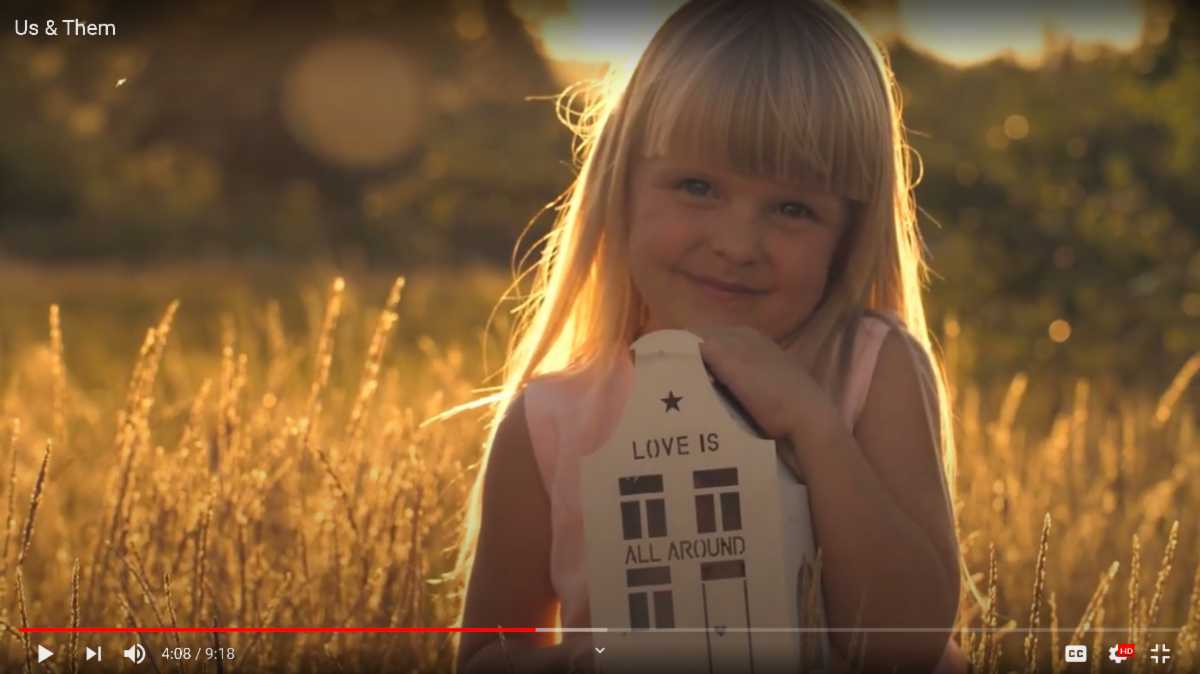Having come to learn more about our “Corrections” system (in quotations by purpose) than I ever would care to; I have also come to know that some of the things that were negative assumptions of mine about the “Justice” system, are in fact true.
How many of you out there believe that the corrections system in this country serves to deter crime? Raise your hands. How many of you out there believe that the corrections system in this country is a rehabilitation path? Same sign. If you raised your hand to either one; you are, unfortunately, very wrong. Now please let me say right here, that I know there are some facilities in this country that may have programming or plans that do work to accomplish reducing recidivism and help to rehabilitate folks convicted of crimes.
Part of the underlying problem, I believe, is that our country has difficulty taking a long view when it comes to addressing human problems. The powers that be throw inadequate amounts of money to fund programs that are nothing but band aids. Allotting larger amounts of money to longer and more in-depth programming might cost more up front; on the other end, it saves money through less mental health costs to our system, lower recidivism to corrections, lower relapse on addictions, lower initial use of drugs – most importantly, all of this will add to lower human cost.
What do I mean by lower human cost? There are two sides to this. One side is the more personal one. Simply put, shaping our systems to value the individual human being, by effective help, on-going support, and laws that serve to build up the possibility to be a positive member of society. Let me give an example from the “corrections” system that only maintains recidivism. If someone is found guilty of a felony – just in general – their opportunities for employment and careers is almost automatically limited. If the person is already at a disadvantage through young or old age, race or gender issues, lower socio-economic conditions, etc.; they are often unable to find a job that will make a living wage. This means that they will not be able to afford the things that are basic to a socially contributing life in this country; rent/house purchase on their own, transportation, education/training, support of a family/children – all these things will likely be outside their reach. I look at this as continuing to punish the person after they have “paid their debt to society”. Not only that, the inability (and lack of opportunity) to make a decent life is going to pre-dispose one to potentially resort to criminal activities to make money. Lack of supportive programs for these folks also pre-disposes them to revert for other reasons. Many have behavioral or emotional issues that could be improved by the availability of services (remembering many will not have adequate medical coverage and that community mental health programs are already overburdened and mostly able to only provide band aids). Additionally, social support systems that would help these people to move out of old systems of support that might be an influence to return to negative ways, could be invaluable.
Having made the points of the various components that will help to reduce recidivism and reduce the personal part of the human cost; I would ask you to honestly evaluate how often you have thought the following (or know people who do). 1. The convicted person should have thought of all “of those things before they did wrong”. 2. The convicted person deserves the on-going difficulties, they are a “bad” person. 3. The convicted person is somehow “less than” the rest of us, therefore not deserving of help and opportunities. 4. Tough love, baby!
First, recent research shows that “tough love” is not a particularly effective means of correction in the penal system (or for teenagers, as it was once thought). Instead, it breeds frustration, resentment and hopelessness. However, being “tough on crime” is an easy way for politicians and policy makers to look like they are doing something and attract votes. Lock ‘em up – it is easier than planning in an intentional and longer view way for comprehensive services. The services that may cost money on the initial end but save money and lives (in terms of human cost) at the end have to have time to show the impact.
The other side of human cost is the social one. The very real cost to individuals previously incarcerated includes the following: only able to get “working poor” jobs, unable to get ahead, unable to invest in the economy (house purchase for example), unable to pay for training or education, unable to support children/families, and lack of access to medical care. All these problems result in a very real cost to society. It should not require too much explanation of how this happens. Welfare costs, the cost of incarcerating people because they return to criminal activity due to the above, and the future cost of the cycle of poverty, crime, and substance abuse that we know happens to children who grow up with parents in the penal system. This problem is particularly exacerbated by absent fathers.
Another topic for “soap boxing” is the actual functioning and environment of many correctional facilities. Problems in this area add to all the above issues that I have described. For now, however, I am going to step down from my soap box. My hope is that some of the people that read this may be encouraged to become involved in making things better – in taking the longer view – in standing on a soap box to make a difference.
Request an Appointment
Individiual, Couples, Pre-Marital, Family,
Children's Counseling and Clergy Assessement
Was It Helpful To You?






